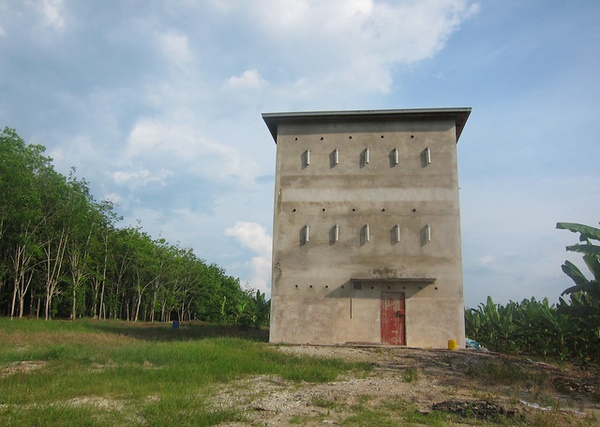Superb Bowls
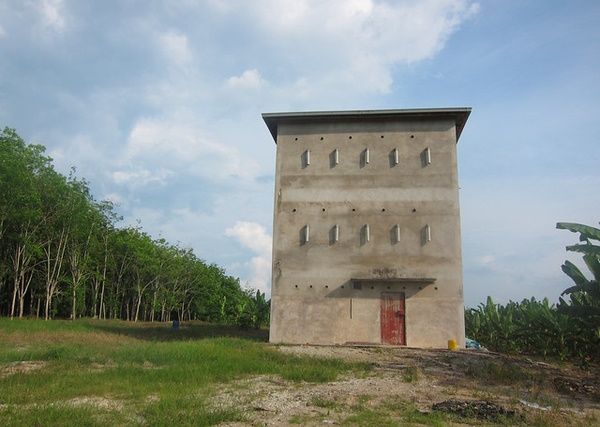
Edible Nest Swiftlets are native to the coasts of several Southeast Asian nations and both the shores and inland regions of Indonesia’s thousands of islands, especially the large island of Borneo at the huge limestone caves at Niah and Gomantong. For centuries, people have climbed sheer rock walls and braved both bad air and thick darkness in order to harvest these nests.
According to traditional Chinese folklore, consuming bird’s nests dissolved in a chicken-broth-based soup can improve digestion, raise the libido, strengthen the voice, relieve symptoms of asthma, and generally boost the immune system. Modern analysis of the nests have revealed they are rich in proteins and amino acids. (image via Yun Huang Yong)
Drool Rules
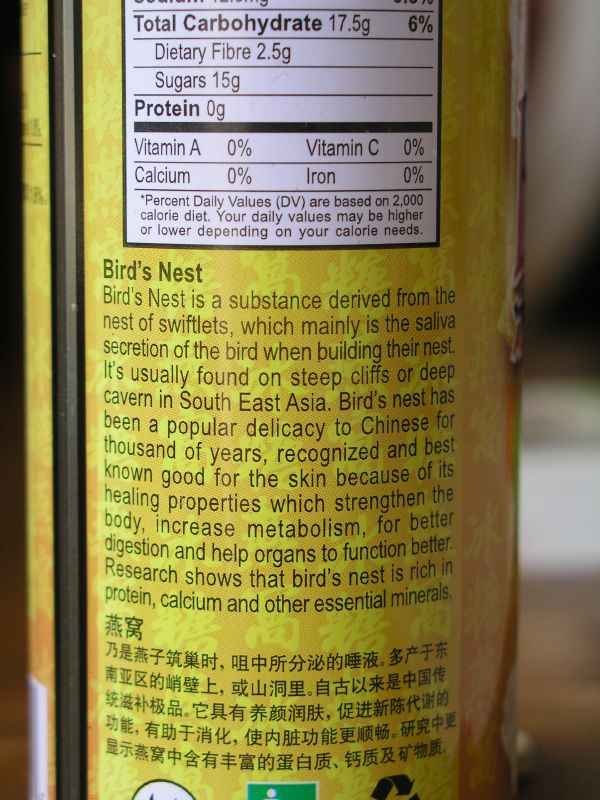
Following the death of CCP Chairman Mao Zedong in the late 1970s, the acquisition of wealth become no longer taboo… and demand for Bird’s Nest Soup skyrocketed. It became obvious to local nest harvesters that the caves of northern Borneo would not be able to supply enough Swiftlet nests, regardless of the record high prices paid for them.
Contemporary observers noted that Swiftlets were highly adaptable creatures who seemed to prefer living in urban areas, readily building nests in the upper floors of city homes and apartment buildings. Some homeowners abandoned their houses entirely, finding accommodation elsewhere while Swiftlets colonized their former abodes. (image via sandwich)
O Broth Where Art Thou?
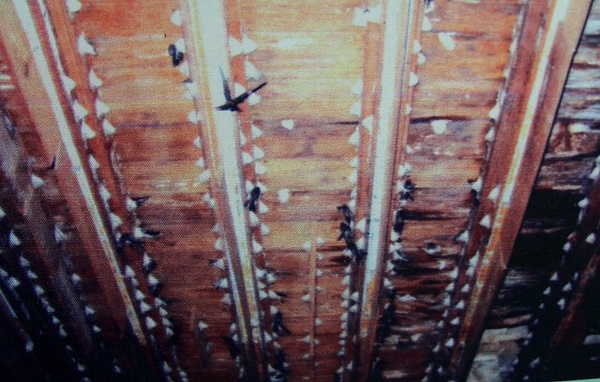
The next logical step was to construct purpose-built, multi-story structures known as “ruko”. These Swiftlet-friendly constructs typically feature many small, circular openings in the walls to facilitate ventilation. Grids of unfinished wood affixed to the ceilings offer the Swiftlets prime spots to build their nests.
Ruko owners maintain their buildings while providing fresh drinking and bathing water for the occupants. The Swiftlets return the favor by consuming an uncountable number of flying insects during the course of their daily sorties. “They always return,” explained one ruko owner. “We provide them with safe accommodation and bathing facilities, just like a hotel. They leave us during the day, just as would a hotel guest, but they always come back to us.” (image via sj liew)
Buildings for Soup
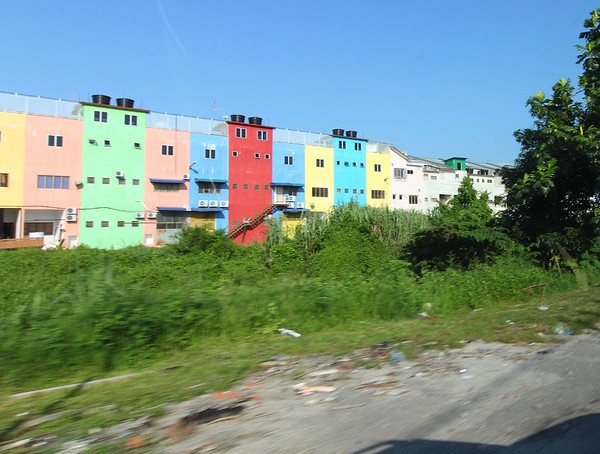
The ruko system has become so effective, efficient, and above all profitable in recent years that some towns and cities in southern Borneo and northern Sumatra have been virtually transformed. The city of Kumai, for example, is home to approximately 20,000 people but roughly a quarter of the buildings in the downtown area are rukos.
Though never threatened, Edible Nest Swiftlets are now enjoying a population boom directly encouraged by their human sponsors, while disease-spreading winged insects are in decline. Local incomes are rising thanks to both the thriving bird’s nest trade and increased employment in the construction industry. Well now, isn’t that soup… er. (image via sj liew)
Prefer your food fried instead of flied? Check out Fries With That: 7 Amusing Deep Fried Food Signs!

